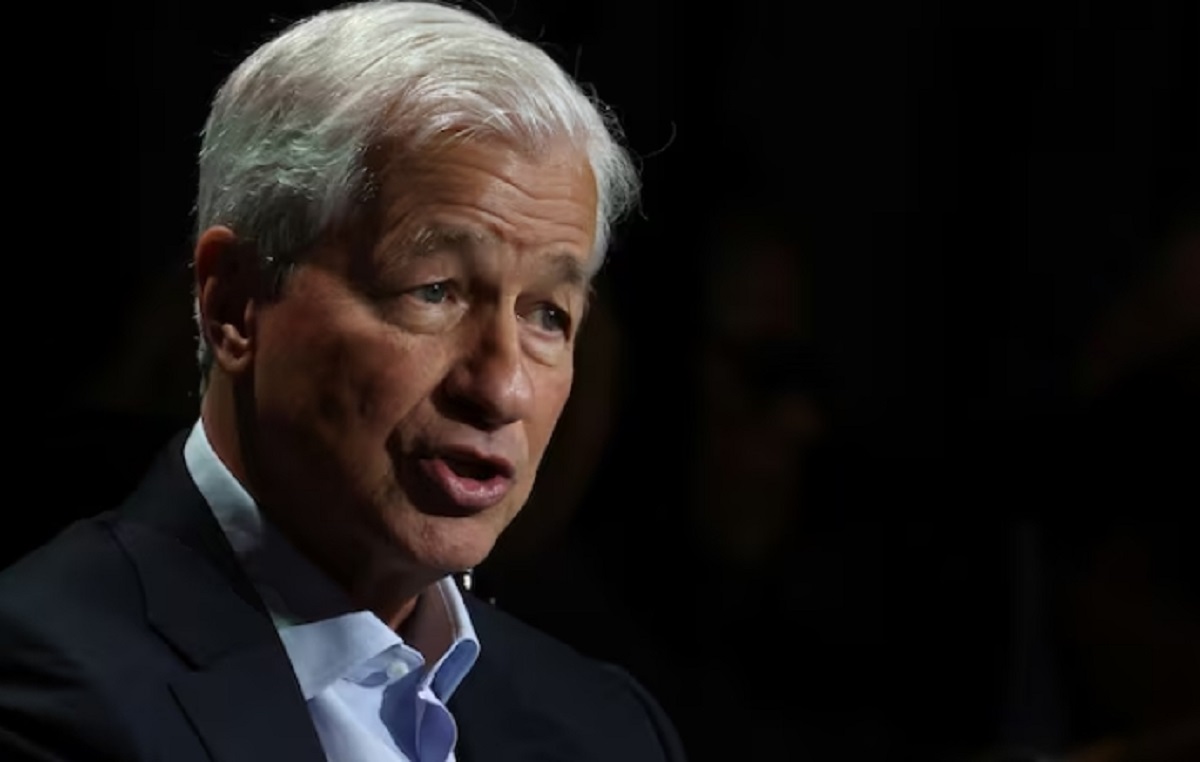Navigating Trade Storms: Why Westpac’s Profit Miss Signals Broader Risks Ahead
Westpac Banking Corp, Australia’s second-largest lender, delivered a stark warning for global investors this month: its first-half net profit fell 1% to A$3.32 billion, missing estimates by A$110 million. While rising technology costs and tepid loan growth contributed to the miss, the bigger concern lies in the bank’s stark acknowledgment of global trade risks reshaping economic stability. From U.S. tariff wars to supply chain fractures, Westpac’s report underscores a precarious equilibrium for businesses and investors alike.
Ask Aime: "Could Westpac's profit fall impact global market stability?"
The Profit Miss: A Symptom of Broader Pressures
Westpac’s earnings shortfall was not a surprise to analysts, but its root causes highlight systemic challenges. A 2% rise in operating expenses—driven by its A$1.2 billion UNITE cost-reduction program—offset gains from a 1% increase in total loans. Meanwhile, its net interest margin (NIM) dipped to 1.81% in Q1, reflecting tighter competition and margin pressures in Australia’s saturated banking sector.
Ask Aime: "Is Westpac's earnings miss a sign of broader market instability?"
Investors have already priced in these headwinds, with shares down ~8% year-to-date. Yet the deeper concern is Westpac’s warning about global trade risks—a factor that could amplify macroeconomic volatility and further squeeze profitability.
Global Trade Risks: A Perfect Storm Brewing
Westpac’s report paints a worrying picture of how U.S. protectionism is destabilizing global trade flows:
1. U.S. Tariffs: A Double-Edged Sword for Australia
While Australia’s direct exposure to U.S. tariffs is limited (only ~3% of exports go to the U.S.), manufacturers face indirect risks from global slowdowns and cost inflation. For instance:
- Input Cost Squeeze: A net 45% of Australian firms reported rising input costs in Q1 2025, up from 34% in December. Manufacturers are passing on only a fraction of these costs to consumers, compressing profit margins.
- Trade Diversion: Exporters are redirecting shipments to markets like China and Southeast Asia, but this comes at lower prices and heightened currency risks.

2. The U.S. Economy: A Canary in the Coalmine
Westpac’s analysis highlights how U.S. trade policies are already inflicting damage:
- GDP Contraction: U.S. Q1 GDP shrank by 0.3% (annualized), with imports surging 41% due to “tariff front-running.” This artificial demand spike is unsustainable, and the trade deficit’s widening could drag on growth.
- Consumer Sentiment Collapse: The University of Michigan’s 1-year inflation expectation spiked to 6.5%—triple the Fed’s target—further eroding household spending power.
3. Regional Fault Lines
- Australia’s Trade Surplus: A rebound to A$6.9 billion in March 2025 reflects front-loaded exports, but this is a short-term boost. If global demand weakens, the rebound could reverse.
- Europe’s Resilience: Eurozone Q1 GDP grew 0.4%, benefiting from capital inflows as investors flee U.S. trade risks. This divergence could pressure Australia’s trade terms.
Sector-Specific Winners and Losers
Westpac’s analysis reveals a sectoral split in Australia’s economy:
| Resilient Sectors | Vulnerable Sectors |
|---|---|
| Agriculture & Mining (diversified markets) | Manufacturing (exposed to U.S. demand) |
| Critical minerals (China’s supply chain shifts) | Construction & Labor (skill shortages, cost pressures) |
| Defense (global supply chain reconfigurations) | Consumer-facing industries (inflation-driven demand slump) |
The Agriculture and Mining sectors, particularly critical minerals, could benefit from geopolitical realignments. However, lower commodity prices and trade diversion risks limit upside. Meanwhile, manufacturers face a triple threat: rising input costs, weak U.S. demand, and competition from tariff-advantaged rivals.
Policy Responses: A Race Against Time
Central banks are scrambling to counter the trade-induced slowdown:
- RBA Rate Cut Likely: With inflation dipping to 2.4% (within its 2-3% target), the RBA is expected to lower rates in May 2025 to support consumption.
- Global Policy Divergence: While the Fed holds rates steady to combat inflation, the ECB and BoJ are adopting accommodative stances, risking currency volatility and capital flows.
Investment Implications: Navigating the Trade Storm
Investors must adopt a sector-agnostic, risk-aware strategy:
- Short-Term Plays:
- Critical minerals stocks (e.g., Lynas Corp, Silex Systems) could outperform as supply chain reshaping accelerates.
Defensive sectors: Utilities and healthcare may provide stability amid macro uncertainty.
Avoid:
- U.S.-exposed manufacturers: Companies reliant on U.S. demand (e.g., Brambles, James Hardie) face margin compression and order delays.
High-beta financials: Westpac’s own shares reflect sector-wide challenges in maintaining profitability amid rising costs and regulatory pressures.
Monitor Key Metrics:
- Global trade flows: Track U.S. imports and China’s PMI data for signs of stabilization.
- Labor market trends: The ADP employment report’s April slump (from 147k to 62k jobs) signals broader risks—watch for further declines.
Conclusion: Trade Risks Will Define 2025’s Winners and Losers
Westpac’s profit miss is not just a banking sector issue—it’s a harbinger of the trade-driven volatility reshaping global markets. With U.S. GDP contracting and consumer confidence crumbling, the risks of a synchronized slowdown are rising.
The numbers tell the story:
- A 1% profit decline at Westpac hints at broader margin pressures across industries.
- A 41% surge in U.S. imports in Q1 2025 suggests an unsustainable trade boom, with a correction likely ahead.
- Australia’s RBA rate cut in May may provide temporary relief, but it cannot offset structural trade risks.
For investors, the path forward is clear: prioritize sectors with geopolitical tailwinds (critical minerals, defense) and avoid those exposed to U.S. demand volatility. The trade storm isn’t over—it’s just beginning.
JR Research
Data as of May 2025. Past performance does not guarantee future results.










